
Filter News
Area of Research
- Advanced Manufacturing (4)
- Biological Systems (4)
- Biology and Environment (4)
- Building Technologies (2)
- Chemistry and Physics at Interfaces (4)
- Clean Energy (46)
- Climate and Environmental Systems (1)
- Computational Biology (1)
- Energy Frontier Research Centers (6)
- Fuel Cycle Science and Technology (1)
- Functional Materials for Energy (4)
- Geographic Information Science and Technology (1)
- Isotope Development and Production (1)
- Materials (50)
- Materials Synthesis from Atoms to Systems (3)
- Materials Under Extremes (4)
- National Security (1)
- Neutron Science (13)
- Nuclear Science and Technology (9)
- Nuclear Systems Modeling, Simulation and Validation (1)
- Quantum Condensed Matter (1)
- Reactor Technology (1)
- Sensors and Controls (2)
- Supercomputing (18)
- Transportation Systems (2)
News Type
Date
News Topics
- 3-D Printing/Advanced Manufacturing (4)
- Advanced Reactors (1)
- Artificial Intelligence (1)
- Big Data (1)
- Bioenergy (2)
- Biology (1)
- Biomedical (1)
- Composites (2)
- Computer Science (9)
- Critical Materials (1)
- Cybersecurity (2)
- Environment (1)
- Fusion (2)
- Isotopes (2)
- Materials Science (6)
- Microscopy (3)
- Nanotechnology (5)
- Neutron Science (5)
- Nuclear Energy (6)
- Physics (7)
- Polymers (1)
- Quantum Science (3)
- Security (5)
- Space Exploration (1)
- Summit (2)
- Transportation (1)
Media Contacts


The US Department of Energy’s Oak Ridge National Laboratory is once again officially home to the fastest supercomputer in the world, according to the TOP500 List, a semiannual ranking of the world’s fastest computing systems.
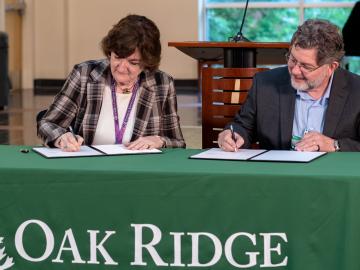
StealthCo, Inc., an Oak Ridge, Tenn.-based firm doing business as Stealth Mark, has exclusively licensed an invisible micro-taggant from the Department of Energy’s Oak Ridge National Laboratory. The anticounterfeiting technology features a novel materials coding system that uses an infrared marker for identification.


In an effort to reduce errors in the analyses of diagnostic images by health professionals, a team of researchers from the Department of Energy’s Oak Ridge National Laboratory has improved understanding of the cognitive processes
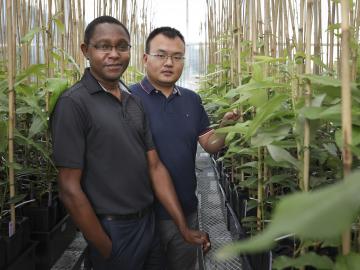
For decades, biologists have believed a key enzyme in plants had one function—produce amino acids, which are vital to plant survival and also essential to human diets. But for Wellington Muchero, Meng Xie and their colleagues, this enzyme does more than advertised. They had run a series of experiments on poplar plants that consistently revealed mutations in a structure of the life-sustaining enzyme that was not previously known to exist.
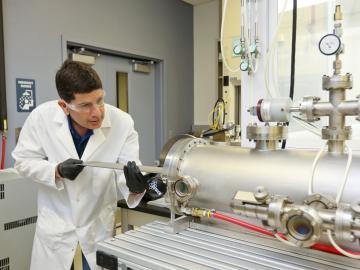

Amy Moore has found that her pursuit of several degrees and certificates in a variety of subjects is serving her well as she uses her expertise in transportation planning, geographic information science, and information technology to develop intelligent mobility solutions at ORNL. ...
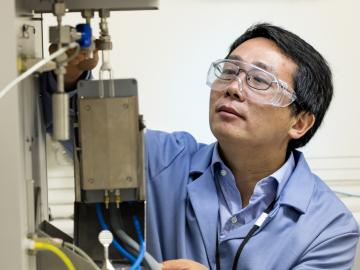
Zili Wu of the Department of Energy’s Oak Ridge National Laboratory grew up on a farm in China’s heartland. He chose to leave it to catalyze a career in chemistry. Today Wu leads ORNL’s Surface Chemistry and Catalysis group and conducts research at the Center for Nanophase Materials ...
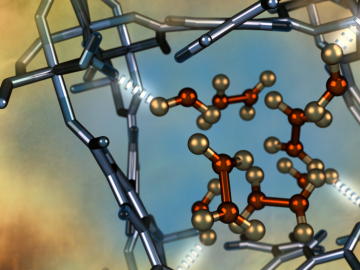
Led by the University of Manchester, an international team of scientists has developed a metal-organic framework material (MOF) that exhibits a selective, fully reversible and repeatable capability to remove nitrogen dioxide gas from the atmosphere in ambient conditions.


